Listen to an audio story by Annenberg Radio News
 Could it be that a nation without an arts education program is a nation without a soul? In this host interview, internationally acclaimed poet Dana Gioia discusses his strong belief in an arts education, the priceless values that it teaches students and how without it, America’s youth are only living half the lives they deserve. Gioia also discusses his childhood and son’s death as he tells us what inspired him to leave his job as a marketing executive and pursue a career in poetry.
Could it be that a nation without an arts education program is a nation without a soul? In this host interview, internationally acclaimed poet Dana Gioia discusses his strong belief in an arts education, the priceless values that it teaches students and how without it, America’s youth are only living half the lives they deserve. Gioia also discusses his childhood and son’s death as he tells us what inspired him to leave his job as a marketing executive and pursue a career in poetry.









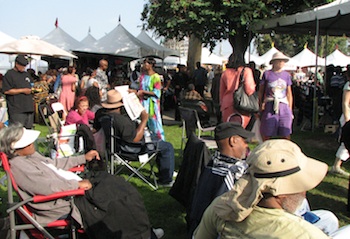

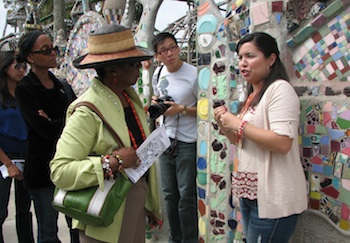

 USC animation graduate student
USC animation graduate student 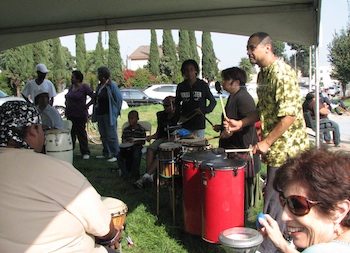
 Police and FBI agents announced hundreds of arrests made as part of a three-month program called Save Our Streets.
Police and FBI agents announced hundreds of arrests made as part of a three-month program called Save Our Streets.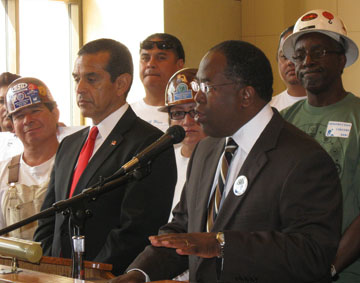 Los Angeles has a reputation as the ultimate car city, but thousands of its residents still rely on public transit.
Los Angeles has a reputation as the ultimate car city, but thousands of its residents still rely on public transit.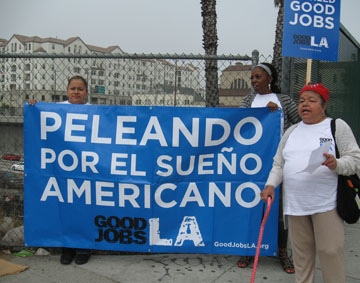 The activist organization “Good Jobs LA” waved signs and handed out leaflets to passing cars on an overpass of the 110 freeway this morning in support of president Obama’s American Jobs Act.
The activist organization “Good Jobs LA” waved signs and handed out leaflets to passing cars on an overpass of the 110 freeway this morning in support of president Obama’s American Jobs Act. 

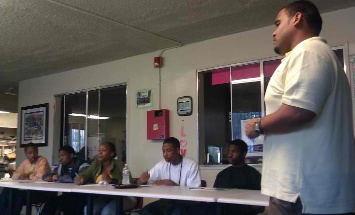 In order to participate in the YESS program, students must enroll in two El Camino College classes: Introduction to College Planning and Career Planning. Although all El Camino college students can enroll in these classes, priority is given to foster students. The state-funded program is geared towards students ages 16 to 21 and meets twice a week for 12 weeks. Four modules covering education, employment, life skills, and financial responsibility are taught through a series of workshops and in-class speakers. Once the 12-week program is complete, students are guaranteed a job in the summer, as long as they enroll as a full-time college student during the school year and graduate high school or earn their GED.
In order to participate in the YESS program, students must enroll in two El Camino College classes: Introduction to College Planning and Career Planning. Although all El Camino college students can enroll in these classes, priority is given to foster students. The state-funded program is geared towards students ages 16 to 21 and meets twice a week for 12 weeks. Four modules covering education, employment, life skills, and financial responsibility are taught through a series of workshops and in-class speakers. Once the 12-week program is complete, students are guaranteed a job in the summer, as long as they enroll as a full-time college student during the school year and graduate high school or earn their GED. 





